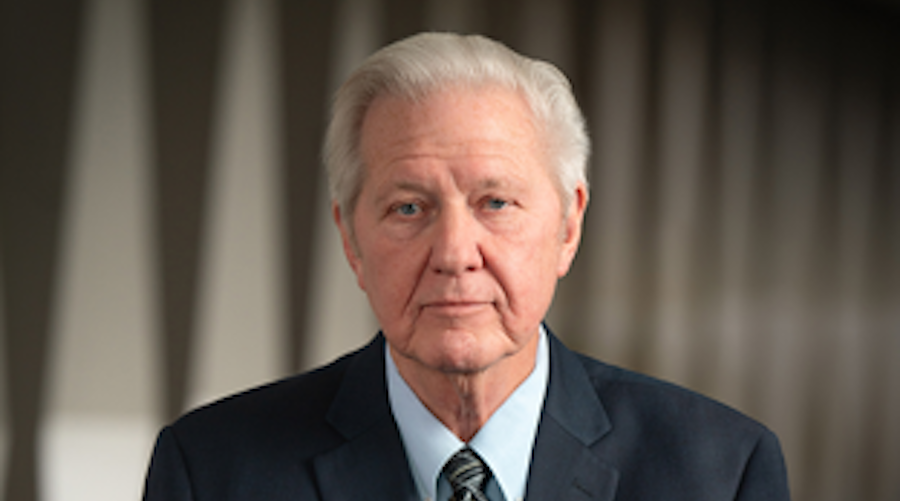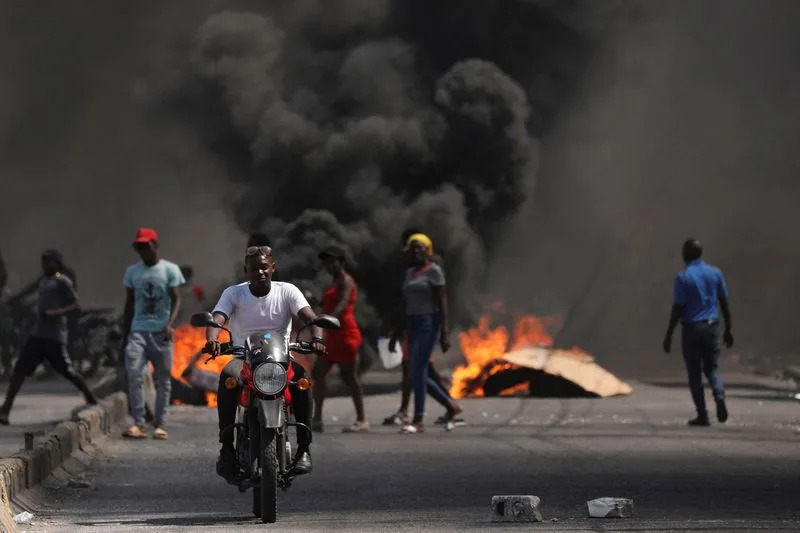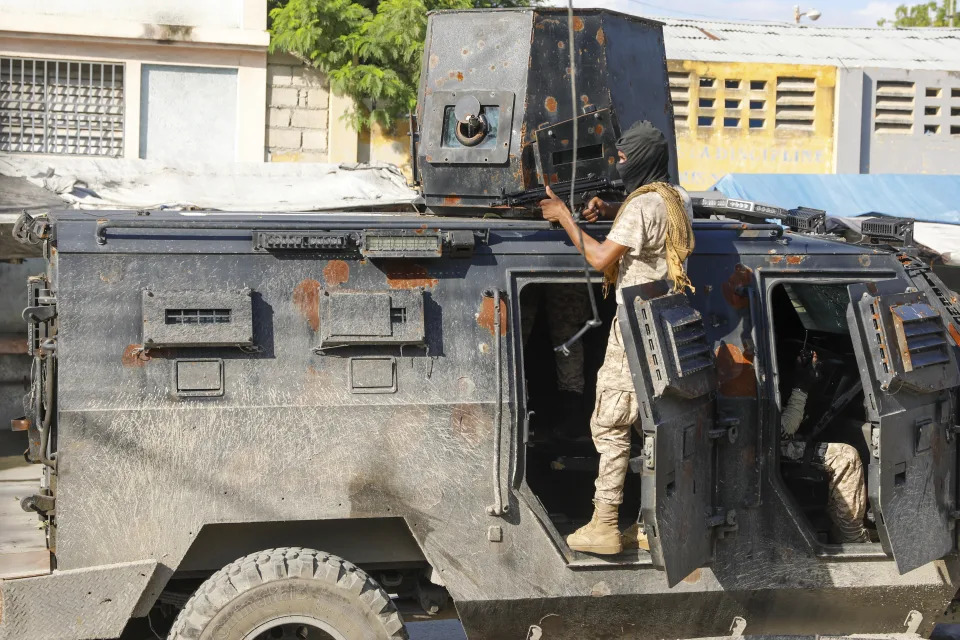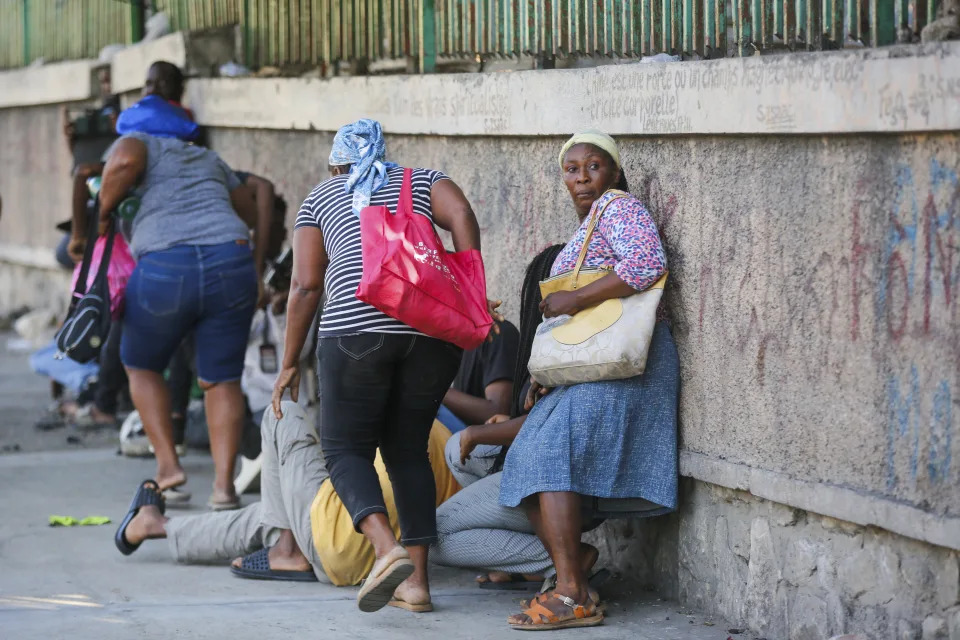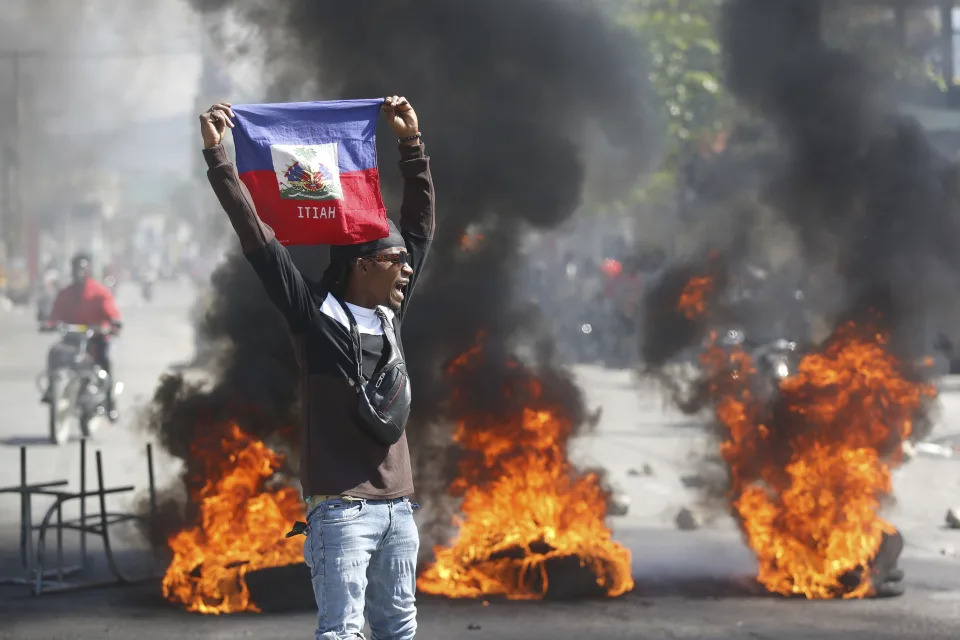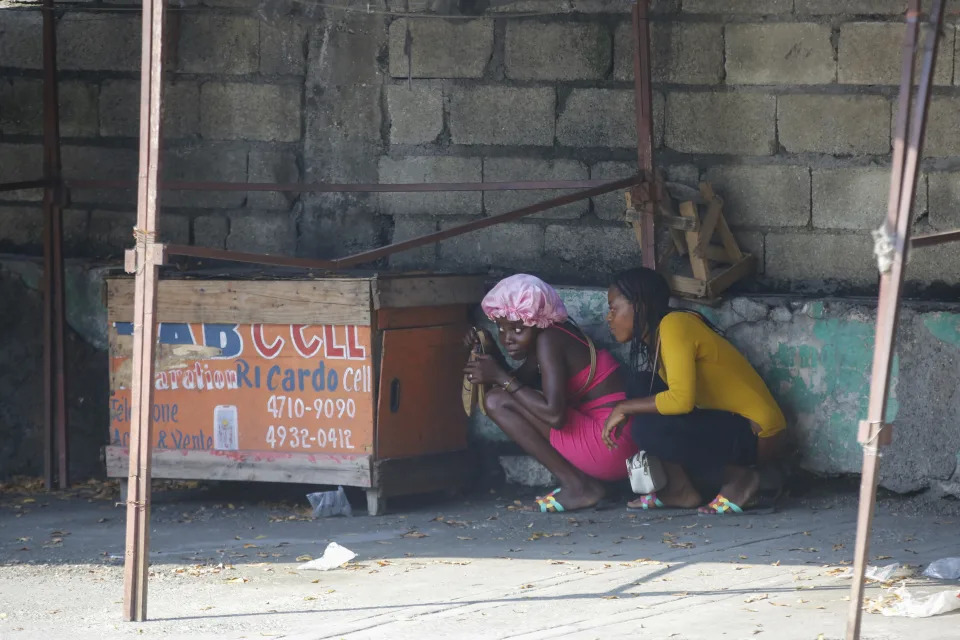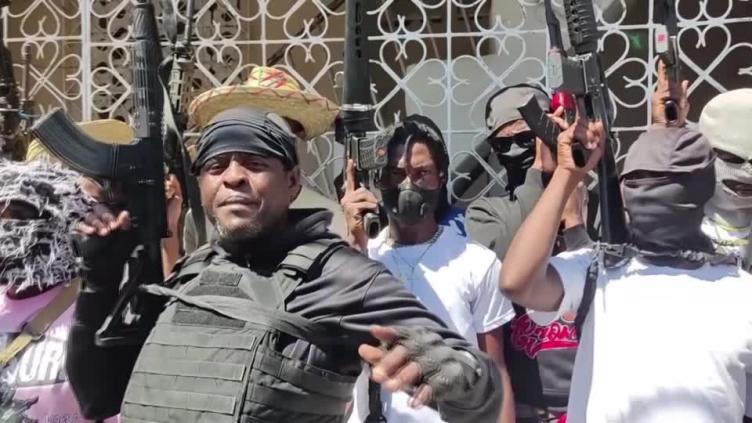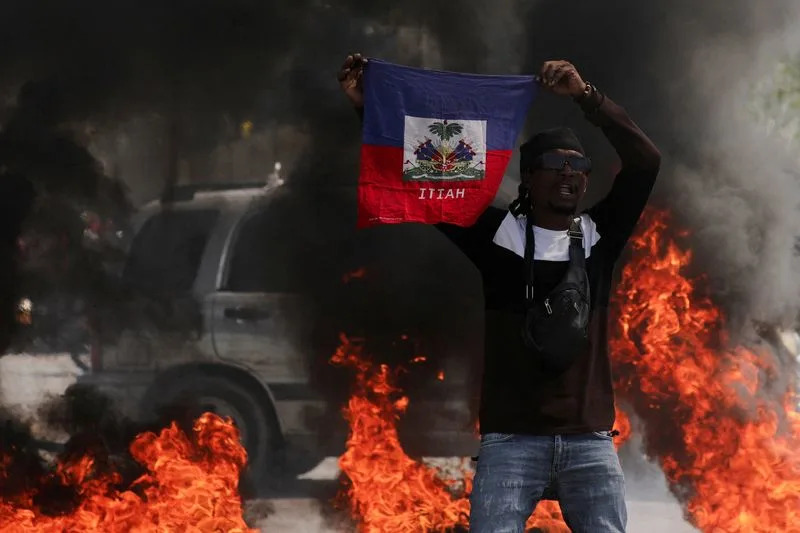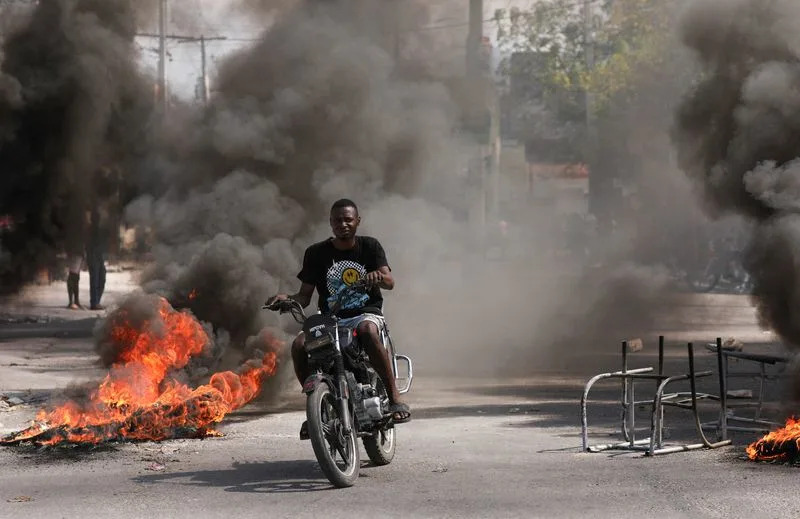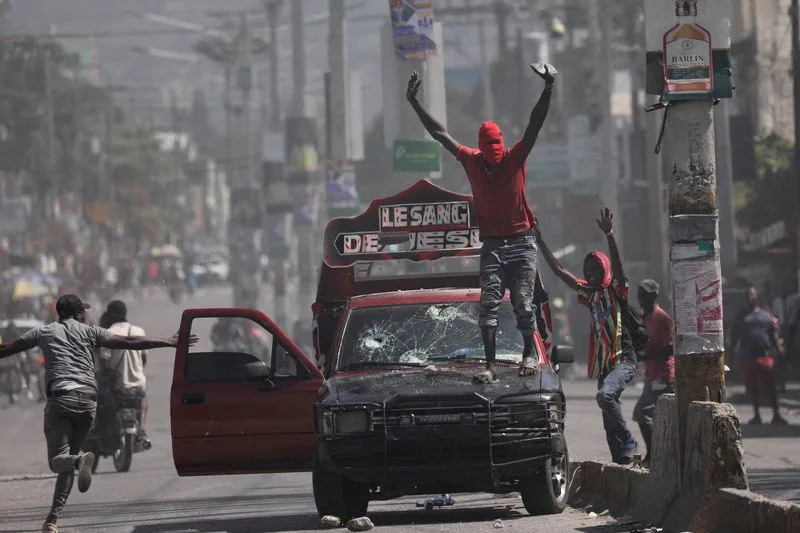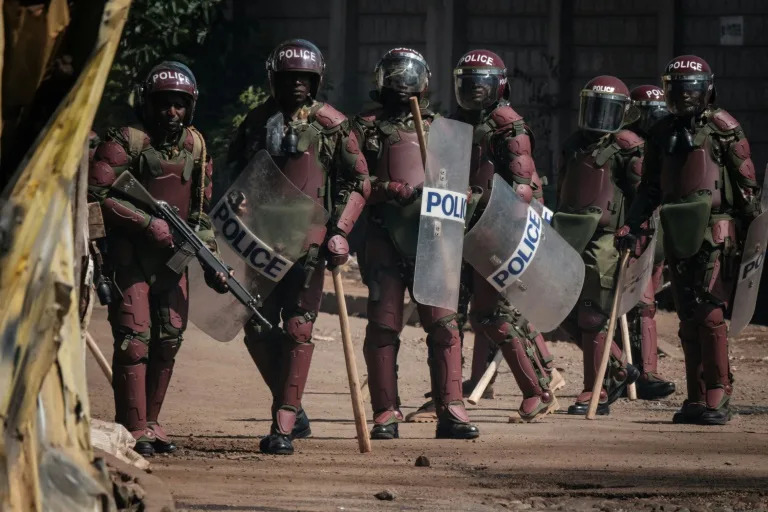Ernest Scheyder
Updated Fri, March 1, 2024


By Ernest Scheyder
(Reuters) -A U.S. appeals court on Friday narrowly ruled that the federal government may give away thousands of acres in Arizona to Rio Tinto for a copper mine, upholding a previous ruling and rejecting an argument from Native Americans that the land should be preserved for its religious and cultural value.
The 6-5 ruling from the San Francisco-based 9th U.S. Circuit Court of Appeals essentially defers to a 2014 decision made by the U.S. Congress and then-President Barack Obama to give the land to Rio and minority partner BHP for the Resolution Copper project.
The decision comes amid the U.S. presidential election season, in which former President Donald Trump, who supports the mine, is likely to face off against President Joe Biden, who narrowly won Arizona in the 2020 election thanks to Native American votes.
The move is the latest blow to the Apache Stronghold, a nonprofit group comprised of the San Carlos Apache tribe and others who have long opposed the mine, which would destroy a site where Indigenous ceremonies have been held for generations but would, if developed, supply more than a quarter of U.S. copper demand for the renewable energy transition.
Three members of the Appeals Court had ruled for Rio and the land swap in 2022. All 11 members of the appeals court then said they would decide the case in what is known as an en banc hearing, held last March.
"This ruling is illogical and it's unjust," said Luke Goodrich, a Becket Law attorney who represents Apache Stronghold. The group intends to appeal to the Supreme Court and feels it has a strong case given how closely divided the appeals court was, Goodrich added.
The dispute centers on a federally owned land parcel in eastern Arizona known as Oak Flat, which some Apache consider home to deities and which sits atop a reserve of more than 40 billion pounds of copper, a crucial component of electric vehicles. If a mine is built, it would create a crater 2 miles (3 km) wide and 1,000 feet (304 m) deep that would destroy that worship site.

RELIGIOUS TENSION
In their 253-page ruling, the judges spared over whether a land transfer by the government could prevent some from exercising their religious beliefs.
The majority ruled that the land transfer would not be a "substantial burden" on the San Carlos Apache's religious rights because it would not reflect the government forcing the tribe to stop worshiping their deities.
The five dissenters argued that it would be impossible for the Apache to practice their religion if the place where they worship is destroyed.
The 2014 law that approved the land swap required an environmental report to be published in order for the land swap occurred, which Trump did shortly before leaving office. Biden unpublished that report in March 2021, though he was not able to permanently block the mine.
Meanwhile, Apache Stronghold sued to prevent the land transfer. It has now lost in three consecutive court hearings.

For the land transfer to occur, Biden would need to republish that environmental report. The White House was not immediately available to comment.
Vicky Peacey, who runs the Resolution project for Rio, said the company welcomed the decision and would continue to talk with tribes "as we seek to understand and address the concerns that have been raised."
Representatives for the San Carlos Apache, Apache Stronghold and BHP did not immediately return requests for comment.
The six judges in the majority were appointed by Republican presidents, including five appointed by Trump. Four of the five dissenting judges were appointed by Democratic presidents.
(Reporting by Ernest Scheyder; additional reporting by Jonathan Stempel and Nandita Bose; editing by Leslie Adler and Aurora Ellis)







